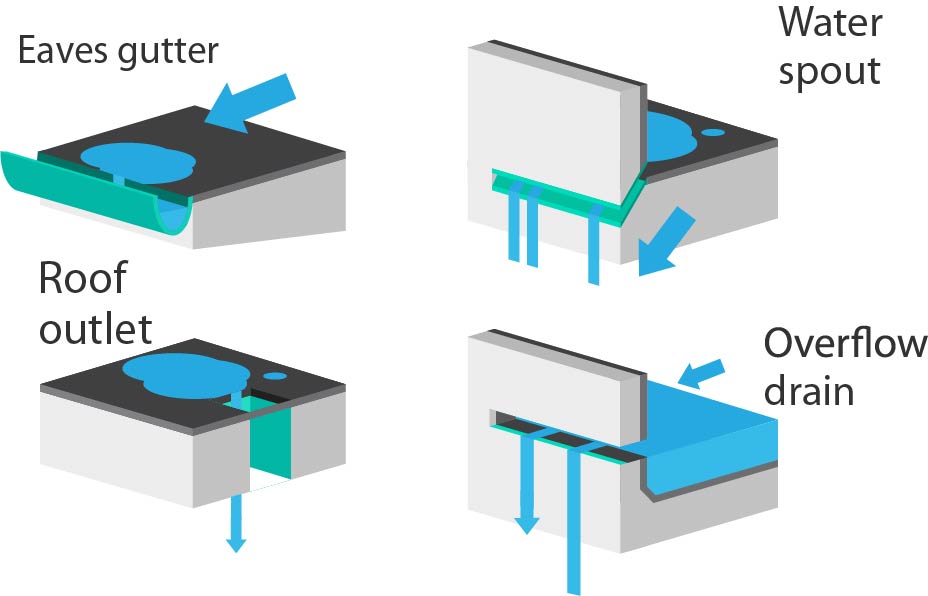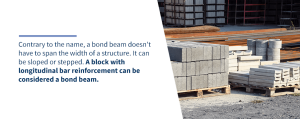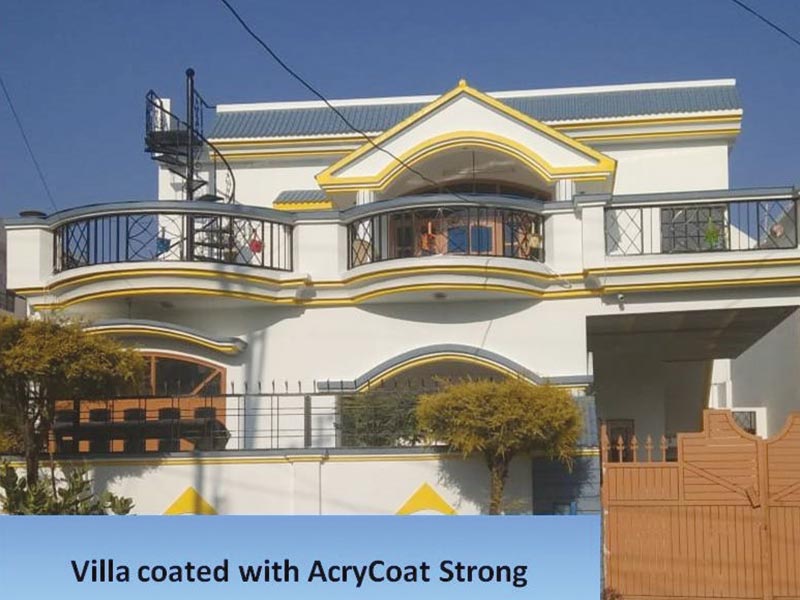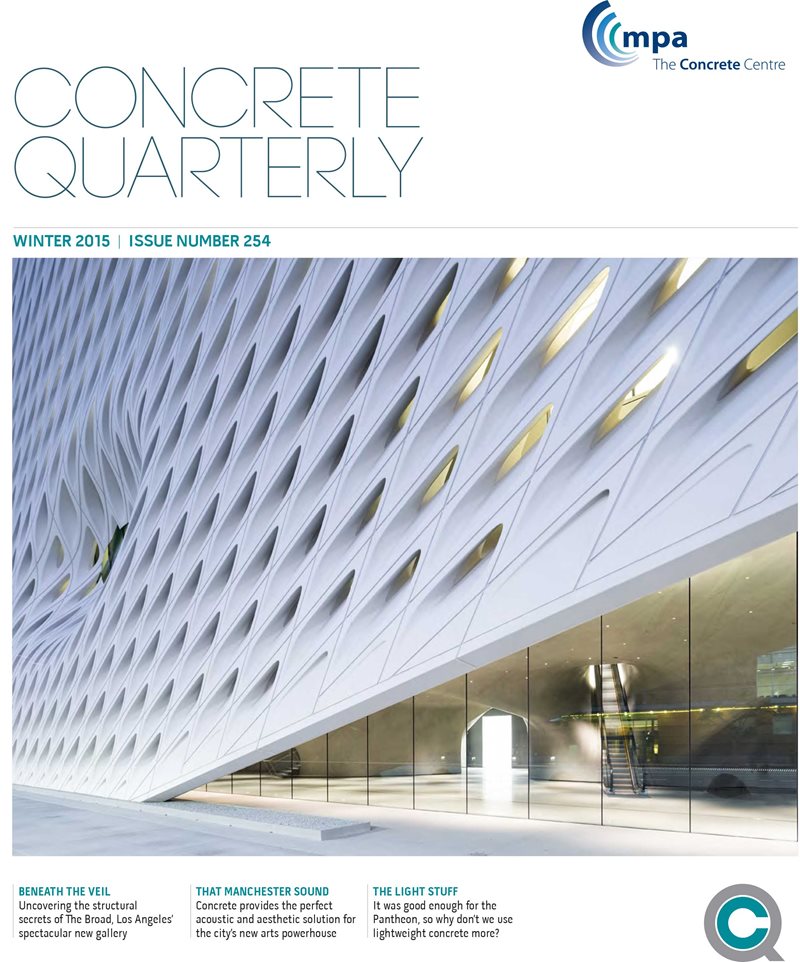Filler Slab Roofs Advantages And Disadvantages
Slab thickness minimum 112 5 mm.
Filler slab roofs advantages and disadvantages. Protection against environmental. Advantages of pitched roof. The flat roof is commonly constructed in reinforced concrete flat stone supported on rolled steel joists r s j bricks tiled etc. Where the area above the neutral axis is the compression zone and the area below the neutral axis is tensile zone.
Although it may not be the most popular type of roofing material concrete roofing is an option that is available to homeowners. It takes years of hard work and savings to be able to build or buy your own house which is why it is important not to take any detail of your home s structural integrity for. This image shows a beam. The filler slab is based on the principle that for roofs which are simply supported the upper part of the slab is subjected to compressive forces and the lower part of the slab experience tensile forces.
Thus the filler slab as the roof has the following advantages. The pitched roof system is a type of roof which is used used in many cases. Panel doors advantages and disadvantages. Learn about the advantages and disadvantages of flat concrete roof.
The advantages and disadvantages of flat roofs here at professional roofers we understand that for most homeowners their home is the most precious possession they own. Filler slabs are one cost effective roofing system which is based on the concrete portions and instead placing filler material there. Hence we are elimi. Filler slab technology is a simple and a very innovative technology for a slab construction.
Here the major advantages and disadvantages of the pitched roof are discussed. Followings are the advantages of the pitched roof. Flat roofs are an ancient form mostly used in arid climates and allow the roof space to be used as a living space or a living roof. Consumes less concrete and steel due to reduced weight of slab by the introduction of a less heavy low cost filler material like two layers of burnt clay tiles.
Rcc is composite material where concrete is strong in compression and weak in tension. Before selecting for a building one must knot its advantages and disadvantages. A slab is a single layer of concrete which is several inches thick the slab is poured thicker at the edges to form an integral footing reinforcing rods strengthen the thick edge.







































